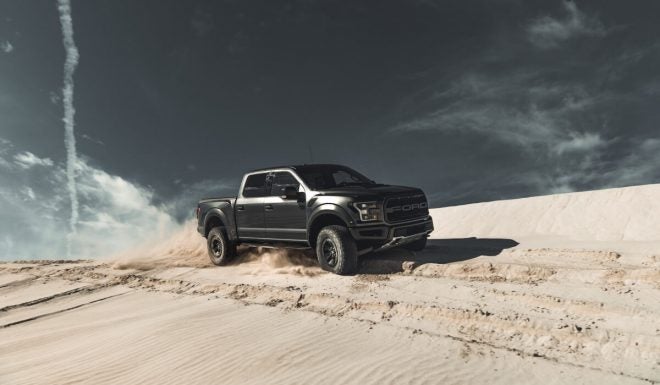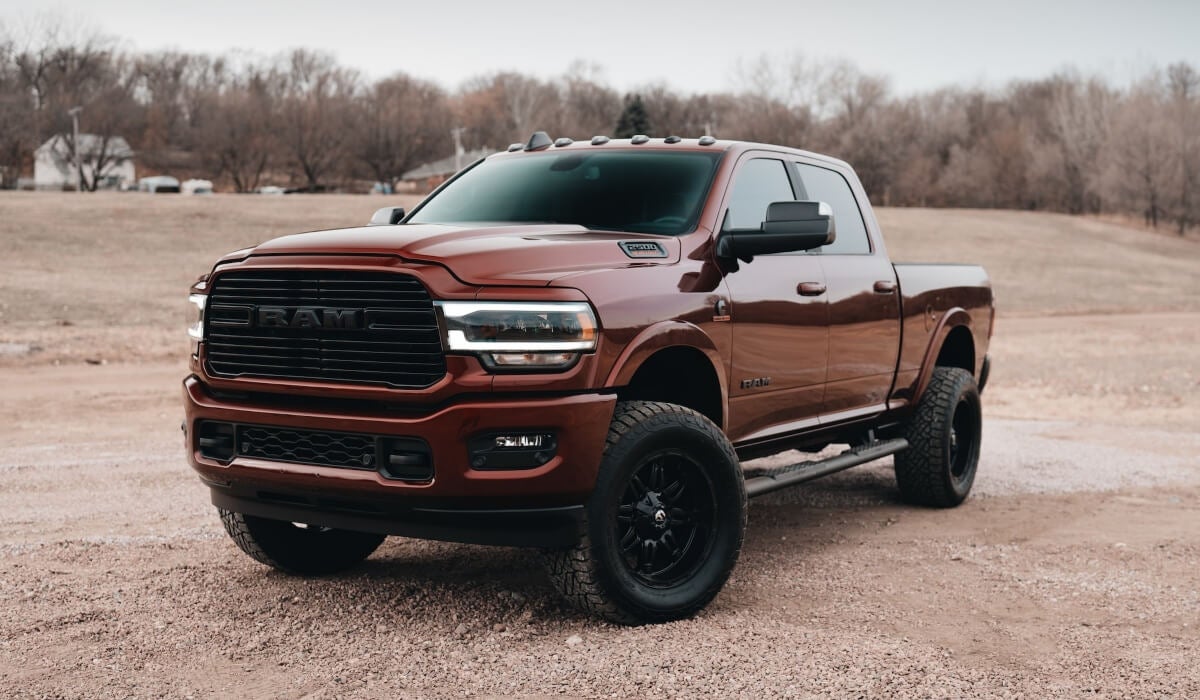Should You Equip Your Truck With Bias Ply or Radial Tires?
Martin Banks 02.24.23

Your truck allows you to keep up your active lifestyle. Without it, you wouldn’t be able to get to your favorite hunting or hiking spots. You can make all kinds of affordable modifications to improve your truck’s performance, but a tire change should be at the top of the list. Radial tires and bias ply tires are both better options than stock tires, but which is better? Explore the advantages and disadvantages of each tire category to help you make an informed decision.
Traction
Radial tires have a wider footprint because the sidewall and tread area work independently, allowing the tread to sit flatter on the ground and take up more surface space. Although this design is stiff, it creates more steady and consistent tire-to-ground contact, which improves traction. Bias ply tires have quite a different design. Their sidewalls and tread areas operate as a single working unit, which causes the sidewall to flex and lift the tread off the ground at high speeds. Radial tires have a definitive advantage when it comes to traction.
Durability
Radial tires and bias ply tires both offer excellent resistance to cuts and punctures. However, radial tires have a slight advantage because they consist of rubber-coated steel belts, which hide under the tread to stabilize the tires. As you might expect, the steel belts are highly durable. An object would have to cut through multiple layers of steel to cause a flat tire.
The bias ply tire’s design includes nylon belts around the tire and across the centerline at a 30° to 45° angle from bead to bead, creating multiple crisscrossing nylon layers that form a tough, rigid structure. As strong as the nylon might be, it can’t compete with steel. Bias ply tire’s sidewalls are sturdy enough to withstand nails, rocks, glass and other sharp objects. Although the chances of a puncture are unlikely, the nylon fabric is prone to flaying and unraveling if torn. That means a significant portion of the tire would get damaged, whereas the steel belts of radial tires are much easier to repair.
Weather Resistance
Weather resistance is a factor many people overlook when purchasing new tires. They must be able to withstand extreme heat and cold while maintaining their performance. Radial tires once again take the upper hand. Their rigid steel frames and wide footprint are more effective at dissipating heat, which prevents the rubber from rotting and keeps the tires in good condition.
The nylon in bias ply tires doesn’t tolerate heat as effectively as the steel in radial tires. However, if you’re driving at low speeds or carrying a heavy load, bias ply tires have the advantage because the nylon’s multi-layered flexibility can handle extra weight with a lower risk of overheating. Whichever tire you choose, you should always check your tire treads and re-inflate them if necessary before driving in slippery conditions. Make these tasks a habit at the beginning of every winter just to be safe.
Driving Experience
Radial and bias ply tires have noticeably different driving experiences. Radial tires have a smooth and quiet ride across all applications, while bias ply tires only offer the same stability in the sidewall with heavy loads. So, although radial tires have a better overall driving experience, bias tires might still be the best choice if your truck frequently hauls a trailer.
Of course, your actions behind the wheel also play a big role. Radial tires won’t compensate for swerving, sudden braking and other bad habits. You need to be a responsible driver to reap the benefits that radial tires can provide.
Life Cycle
The average set of tires should last around 70,000 miles regardless of the type. However, radial tires have the potential to outlast bias ply tires by double the timespan, assuming they get proper maintenance. The reason is quite simple: steel lasts longer than nylon. Radial tires are the best option if you want tires built for the long haul.
Radial Tires Take the Cake
Although bias ply tires are better for carrying heavy loads, radial tires take the cake in every other relevant category. Their traction, durability, weather resistance, and driving experience are all better for most everyday applications. Now that you know all the pros and cons, your tire-buying decision should be much more straightforward.
